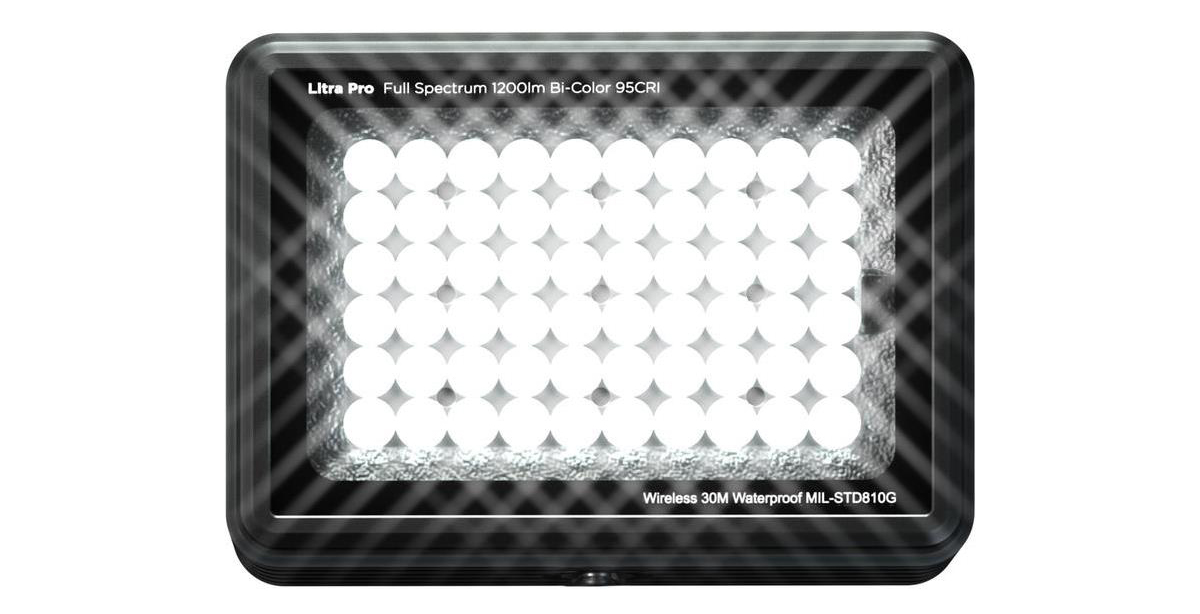
Daniel McFadden/Universal Pictures and DreamWorks Pictures
Filming Damien Chazelle’s New Look at Neil Armstrong’s Life Using a Cinéma Vérité Approach in Three Different Film Formats Posed All Sorts of Challenges for Last Year’s Cinematography Oscar-Winner.
As he finished shooting La La Land, earning himself an Academy Award in the process, cinematographer Linus Sandgren, FSF, learned his next project, also in partnership with director Damien Chazelle, was going to be a far different creature. It was on the set of La La Land that Chazelle first told Sandgren about his next movie — the story of legendary astronaut Neil Armstrong and the events leading up to humanity’s first steps on the moon, called First Man. In those earliest conversations, Chazelle told Sandgren he wanted a gritty, yet stylized, documentary approach to telling what is, simultaneously, an intimate personal portrait and an epic story, all rolled into one.
“Damien was working with [screenwriter] Josh Singer on the script while we were shooting La La Land, and we soon started talking about how he wanted to do the film,” Sandgren recently told contributor Michael Goldman during a conversation for Studio’s Podcasts from the Front Lines series. “He wanted to approach it in a documentary style kind of way, which I was very intrigued by since it was the counter opposite of La La Land. So one of the very first things we talked about was that we had to tell the story about these [famous] events, and yet show the backstory that [the public] is not that familiar with, where we see the sacrifice and hard work all these people put into the [Apollo 11 moon mission]. He wanted to do it in an authentic way, so he felt a type of documentary approach, where we could go handheld with zooms, would [help achieve] some sort of authenticity, and he also wanted it to feel like it was true to the period. Those two visions made him come up with this idea of shooting Super 16mm in cinéma vérité style. But it evolved as we were talking into something else, as well, where we wanted to capture different aspects of the film in different ways.”
Thus, filmmakers strategically utilized a mixture of Super 16mm, 35mm, and Imax film formats for different sections of the movie. But, at its foundation, Sandgren says, “we still wanted to think about it as a 16mm type documentary from the ’60s or ’70s, but with a more cinematic approach in terms of storytelling with the camera.”
Audio-only version:
Subscribe: Apple Podcasts | RSS
Among the many challenges posed by the project was how best to light various sections. Overall, a general principle employed, according to Sandgren, was to “maintain the aesthetics of ’70s filmmakers like Gordon Willis and Alan J. Pakula and their films,” he says. “We wanted to be a little more cinematically expressive than just [lighting] as though it were a documentary without thinking about it. In our case, we wanted to work with solitude and death as themes. Therefore, for lighting, we wanted to work with black blacks, with going black being a theme for death. So making it all realistic was a basic goal for lighting, but cinematically expressive.”
The biggest lighting challenge involved the moon landing sequences, since realism was such an important requirement. Sandgren says filmmakers decided to shoot the moon scenes outside at night on a gigantic set created by production designer Nathan Crowley at a massive rock quarry in the Atlanta area. The problem, however, was figuring out what kind of lighting would allow Sandgren to light in a way that replicated the movement and impact of the sun hitting the moon as it actually did during the Apollo 11 mission in 1969.
“During the moon mission, the height of the sun was always the same,” he says. “So lighting with multiple sources to cover the entire area would, I thought, look fake. Therefore my goal was to light it all with one single source, to create one single shadow. We did tests with Luminys, which makes the Softsun, which is a 100,000-watt lamp. We put two together, about 500 feet away, to see how it would look. It was pretty good, but a little soft shadow, though. So I asked [Luminys Chairman/CTO] David Pringle, who was there for the test, to explain, could he make a 200K version? He got quite inspired and came back to me the next day and said they could make one. That was what we really needed to get the exposure right and also get a single source.”
That was hardly the end of the innovation in terms of the cinematography on First Man. To hear more about the challenges and solutions involved with the project, listen to the full podcast conversation.
Look for a new episode of Podcasts from the Front Lines every month at StudioDaily.com. Visit our archive of past episodes for more stories from the trenches of modern movie-making.
Crafts: Shooting
Sections: Creativity
Topics: Podcast Podcasts from the Front Lines Cinematography linus sandgren
Did you enjoy this article? Sign up to receive the StudioDaily Fix eletter containing the latest stories, including news, videos, interviews, reviews and more.









